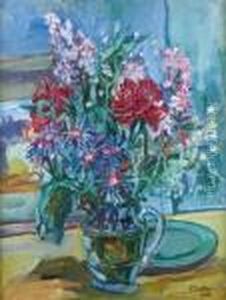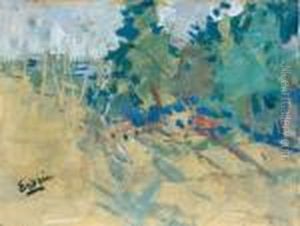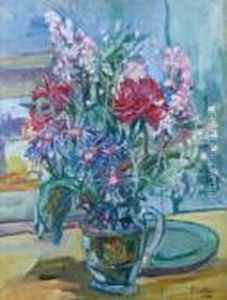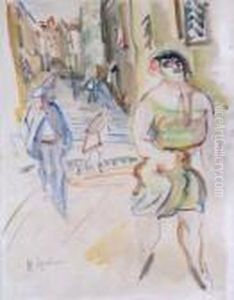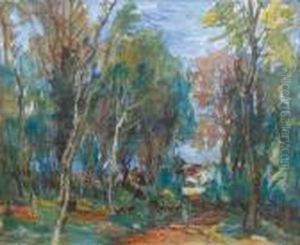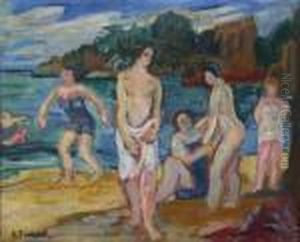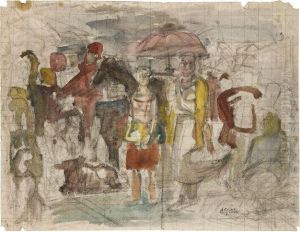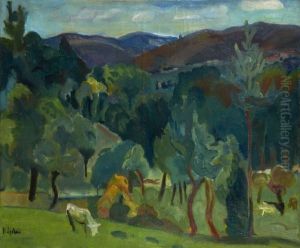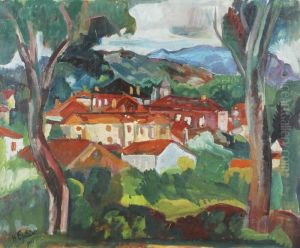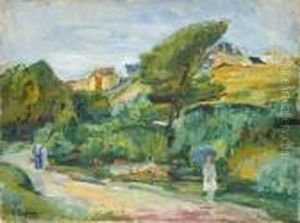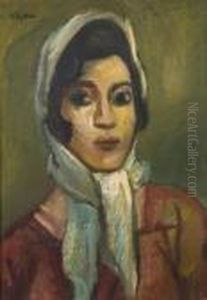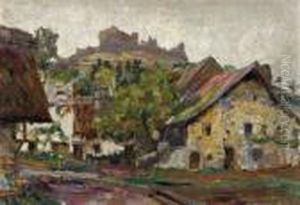Henri Epstein Paintings
Henri Epstein was a Polish-born Jewish painter who is known for his contributions to the École de Paris (School of Paris), a group of artists who were living and working in Paris in the early 20th century. Born in Łódź, Poland, on August 21, 1891, Epstein developed an interest in art at a young age. He moved to Paris in 1912 to pursue his artistic career and quickly became immersed in the city's vibrant art scene.
During his time in Paris, Epstein was influenced by the works of the Impressionists and Post-Impressionists, and he developed a style characterized by vivid color and dynamic brushwork. His work often depicted urban scenes, landscapes, and still lifes, and he was particularly adept at capturing the atmospheric qualities of light and shade.
Epstein's career was interrupted by the outbreak of World War I, during which he served in the French Foreign Legion. After the war, he returned to painting and became associated with the Jewish artistic community in Paris. He participated in many exhibitions and gained recognition for his artistic talents.
Tragically, Henri Epstein's life and career were cut short by the horrors of World War II. As a Polish Jew living in France during the German occupation, he was at great risk. In 1943, he was arrested by the Gestapo and deported to the Majdanek concentration camp in Poland, where he was murdered in 1944.
Despite the brevity of his career, Epstein left behind a body of work that continues to be appreciated for its expressive quality and its representation of early 20th-century modernism. Today, his paintings can be found in various art collections and museums, serving as a testament to his artistic legacy and the vibrant cultural milieu of the École de Paris before the war.







